This is the second half of the history of microphones, covering from the 1930s to the present.
1933: Crystal Microphones
Astatic D-104
Crystals made of Rochelle salt could operate with a very small amount of electricity, making them suitable for battery-free crystal radio earphones. The invention itself was demonstrated by Alexander Nicholson in 1919, but it was likely Astatic Corporation that first commercialized it as a microphone. Later, this type of crystal microphone became popular for blues harp players due to its unique acoustic characteristics and suitable size.
As piezoelectric elements, crystal materials are highly sensitive to humidity and deteriorate over time, which is why they have now been replaced by ceramics—though ceramics and crystals are not exactly the same. Today, acquiring a crystal microphone is quite difficult. Another issue is their high impedance, which makes them challenging to use alongside other microphones. However, crystal earphones can still be handmade using Rochelle salt, which is available in some pharmacies. The diagram below illustrates the internal structure of a bimorph, which consists of two piezoelectric elements bonded together. However, since there are various ways to arrange piezoelectric elements, the exact structure of early microphones remains unclear.
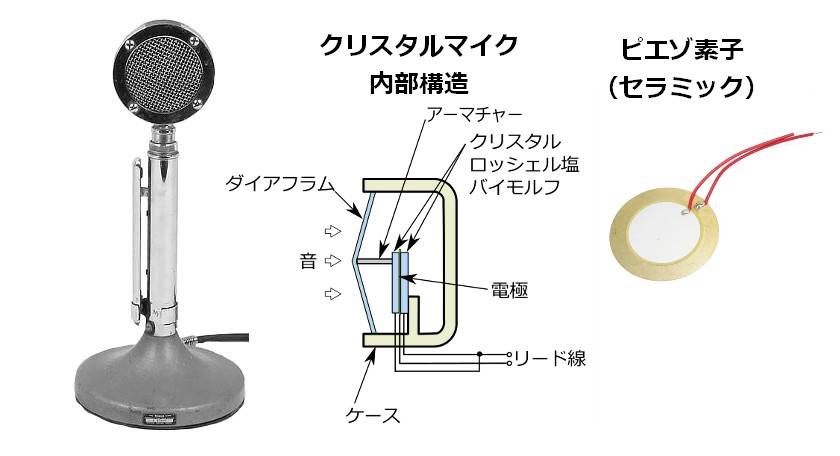
1938: Electret Condenser Microphones (ECM)
Bogen No Voltage Velotron
An electret material is a substance that can maintain a quasi-permanent electric field, much like a permanent magnet but for electricity. This property was adapted for microphones to eliminate the need for an external power supply, which is usually required for condenser microphones. However, because electret microphones produce a weak output signal, an amplifier is necessary. Early electret materials, which were wax-based, were unstable in performance. Both the materials and their built-in amplifiers underwent continuous improvements. By the 1960s, practical electret condenser microphones were developed, and with the rise of compact audio equipment in the 1970s, their production skyrocketed. The small cylindrical ECMs in the accompanying images contain an internal FET (Field-Effect Transistor), allowing them to operate with a 2-3V power supply. Modern laptop microphone jacks are designed to support ECMs with this plug-in power system.

Below is a sliced-open ECM, revealing its internal components. While the diaphragm appears metallic, it is likely polyester with aluminum deposition. A thin insulating ring separates the diaphragm from the electret, leaving only a minute gap. From the side view, the electret material appears to be layered. The black rod beneath the electret is a 0.5mm mechanical pencil lead, included for scale.
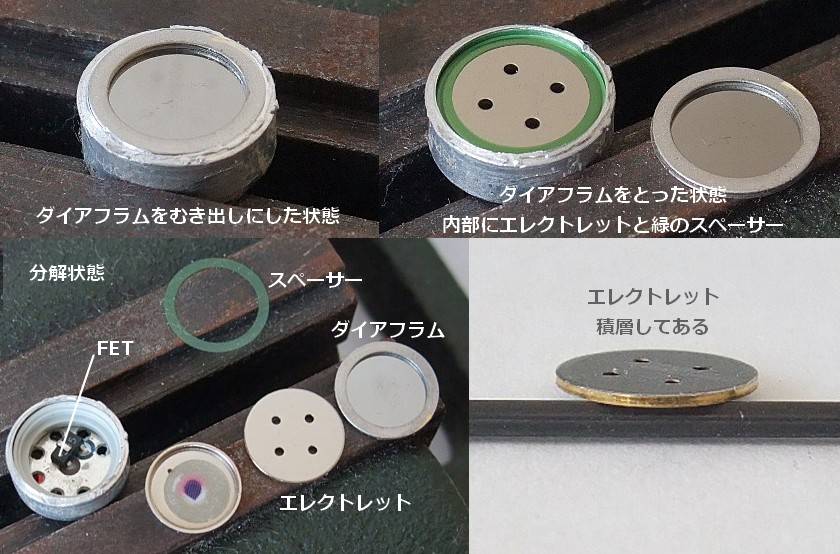
Post-2000s
While microphone principles remained largely unchanged, the designs developed in the 1930s have continued to be refined for improved performance. However, since the 2000s, some structurally different microphones have gained attention.
MEMS Microphones
As portable devices became increasingly sophisticated and compact, microphones also needed to be easily integrated onto circuit boards. This led to the development of MEMS microphones. MEMS microphones work on the same principle as condenser microphones and are available in electret and bias-type versions. Unlike traditional condenser or ECM microphones, MEMS microphones differ in their manufacturing process and size, often integrating an A/D converter. MEMS stands for Micro Electro Mechanical Systems, referring to semiconductor microfabrication technology. This enables the creation of extremely small microphones that are highly resistant to vibration, impact, heat, and electromagnetic noise. Additionally, since they can be mounted like other surface-mounted components, they are well-suited for mass production. Currently, practical MEMS microphones are typically 2-3mm in diameter, but research is underway to make them even smaller. Having encountered cutting-edge research in this field, I personally envision an array of hundreds of ultra-miniature MEMS microphones arranged in a grid with small gaps in between. Such technology may lead to astonishing applications in the future.
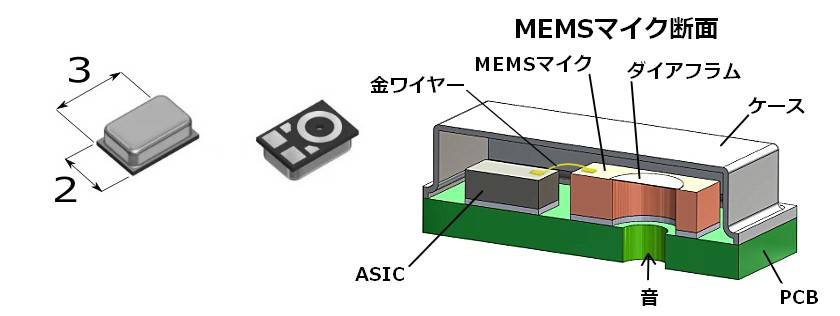
There is a noticeable difference in the sound characteristics between small-diaphragm microphones like MEMS and ECM (just a few millimeters in diameter) and large-diaphragm condenser microphones (around 1 inch in diameter). The difference is similar to comparing 35mm film to medium-format film in photography. Large diaphragms create smoother, more natural sound gradients, whereas small diaphragms offer faster response characteristics.
Optical Fiber Microphones
These microphones use light to detect sound vibrations, making them highly resistant to magnetic and radio frequency interference. They are designed for specialized applications. The principle involves directing light onto a diaphragm via optical fibers and detecting its vibrations.
Laser Microphones
Laser microphones capture sound by directing a laser at a vibrating object and analyzing the reflected light. Since they can pick up specific distant sounds, their use is quite specialized.
Ion Microphones (Under Development)
Audio-Technica is developing a microphone that does not use a diaphragm. Instead, it converts special gas states into electrical signals to capture sound. This technology has promising acoustic characteristics and could become an innovative audio device.
In the next installment, we will explore the internal structures of various representative microphones.
The “sound & person” column is made up of contributions from you.
For details about contributing, click here.






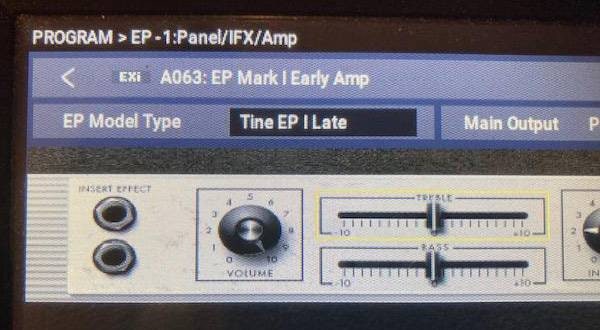




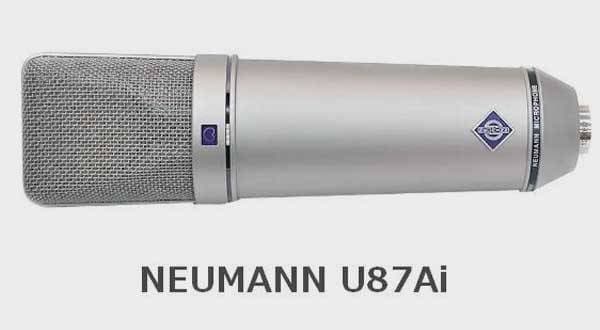
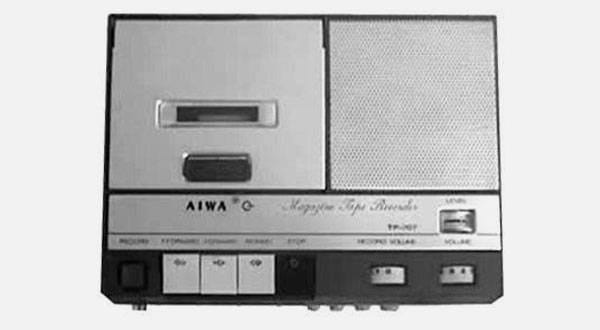


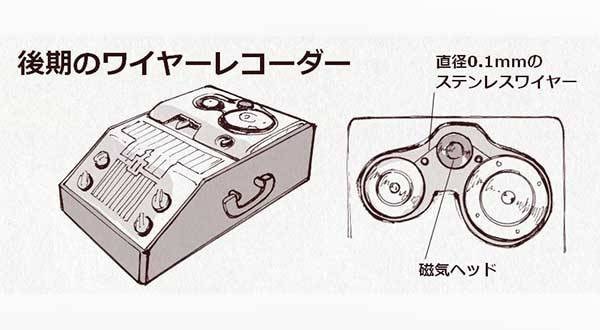
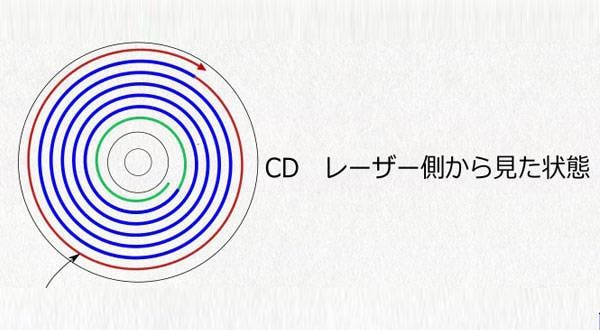
 MXLマイク購入ガイド
MXLマイク購入ガイド
 コンデンサーマイクとは
コンデンサーマイクとは
 AKG マイク特集
AKG マイク特集
 マイクケーブルの作り方
マイクケーブルの作り方
 K&M マイクスタンド比較表
K&M マイクスタンド比較表
 ワンランク上のボーカルマイク選び
ワンランク上のボーカルマイク選び















